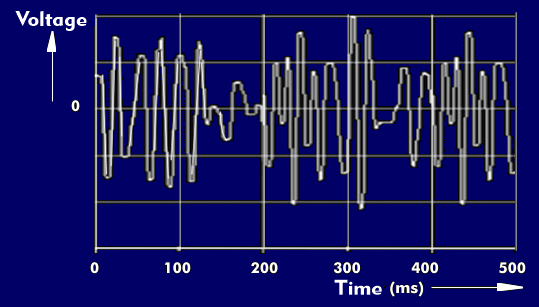transients
In electrical engineering, transients are defined as unpredictable, non-periodic voltages, currents or loads. They occur, for example, as voltage peaks that can damage circuits. Common causes are electromechanical switching operations in networks.
Transients occur as rapid, abrupt changes in the input variable. InEMC testing, defined transients are used for test purposes. Fast, low-energy transients are referred to as bursts. Characteristic for burst disturbances is their sporadic occurrence, e.g. when inductances are switched on or off. Without suitable simulation facilities, it is difficult to detect burst problems. Burst generators, which produce needle pulse packets with adjustable voltage level, duration and repetition frequency for test purposes, are used to simulate such disturbance signals.
Transient recorders are used to capture transients. These sample the transient-laden signals and store them for later analysis. Special trigger functions can also be used to isolate specific events. Sampling rate requirements vary depending on the application. Signal changesthat are considered fast in audio technology are classified as slow in other areas, such as EMC measurement technology. Transient recorders are used for material testing, detonation testing, high voltage testing, ballistics and many other applications.

